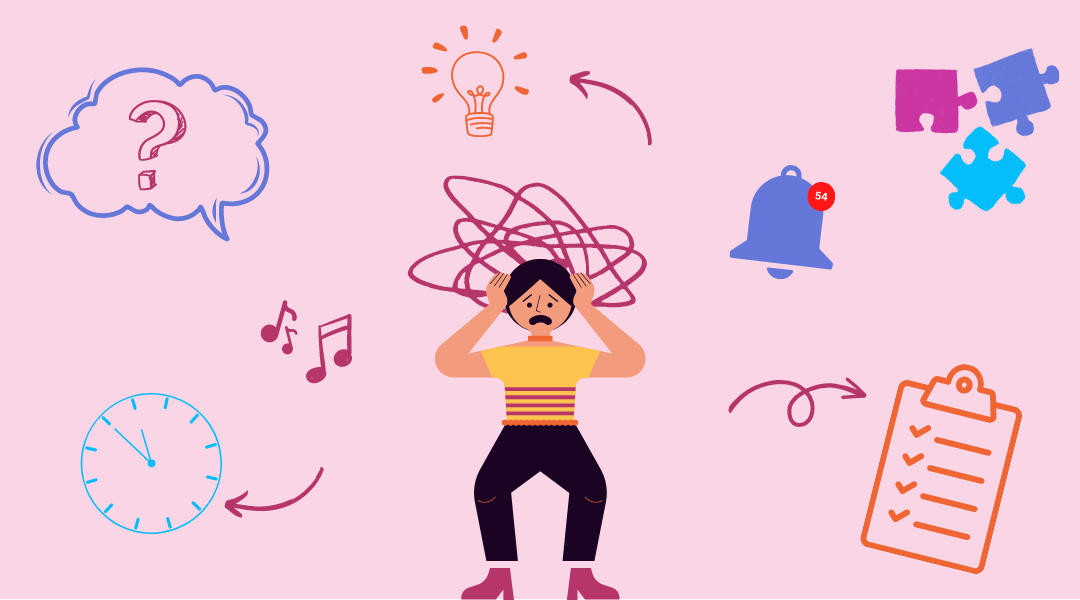
Customized Assessments and Treatment Planning for Youth under 18 and IEP testing
Developing a customized assessment is the first step in getting your child the services that will help them succeed.
Different tests can reveal different problems, and a correct diagnosis is so important for planning treatment. For example, imagine a child with autism and a serious problem with anxiety. If a clinician did not take the time to meet with that child and their parents and develop a custom testing plan, then the anxiety problem might be missed. As a result, the clinician might come up with a treatment plan focused entirely on teaching social skills, but without giving the child tools to manage their anxiety. This would be a huge mistake, because what good are social skills if your child is too anxious to use them!
At Killebrew Psychological Services and Essential Touchstones, we do not use a one-size-fits-all approach to testing. Instead, we hand-select tests and measures on a case-by-case basis, after learning about your child or teen’s specific problems and strengths. We only use up-to-date, evidence-based tests and measures that are backed up by research.
The process begins with an initial visit. This is when your clinician sits down one-on-one with you and/or your child and collects a detailed history of your child’s problems. Throughout this conversation, your clinician will be warm and validating, while gently asking questions about how severe the problem is, when it happens, where, and how often, how your child’s functioning is being impacted, and what strategies you have already tried.
Based on this conversation, the clinician will recommend a specific set of tests. We will always design a testing plan that includes a range of different ways of looking at a problem. For example, we may:
-
-
- Ask your child to complete specialized computer puzzles that show us how they are processing information
- Ask your child to do activities that involve reading, writing, and math in order to get a sense of how much they are learning in school
- Conduct a diagnostic interview with you, in which we ask about specific symptoms and gather examples
- Observe your child while playing or holding a conversation
- Ask your child directly what kinds of things are hard for them, and how they commonly think and behave
- Ask parents and teachers to fill out rating forms that ask you to rate how much your child struggles with specific symptoms
-
After reviewing all of the information gathered from testing, your clinician can write a customized report that includes recommendations based on your child’s needs and the best practices for meeting those needs. Reports often include guidance for schools in what to include in an individualized education plan. Clinicians will also use testing results to guide plans for therapy, including identifying specific targets and goals, selecting techniques and strategies, and coming up with ways of measuring progress.
We are confident that by working closely with your family, we can design the best testing plan for your child.





